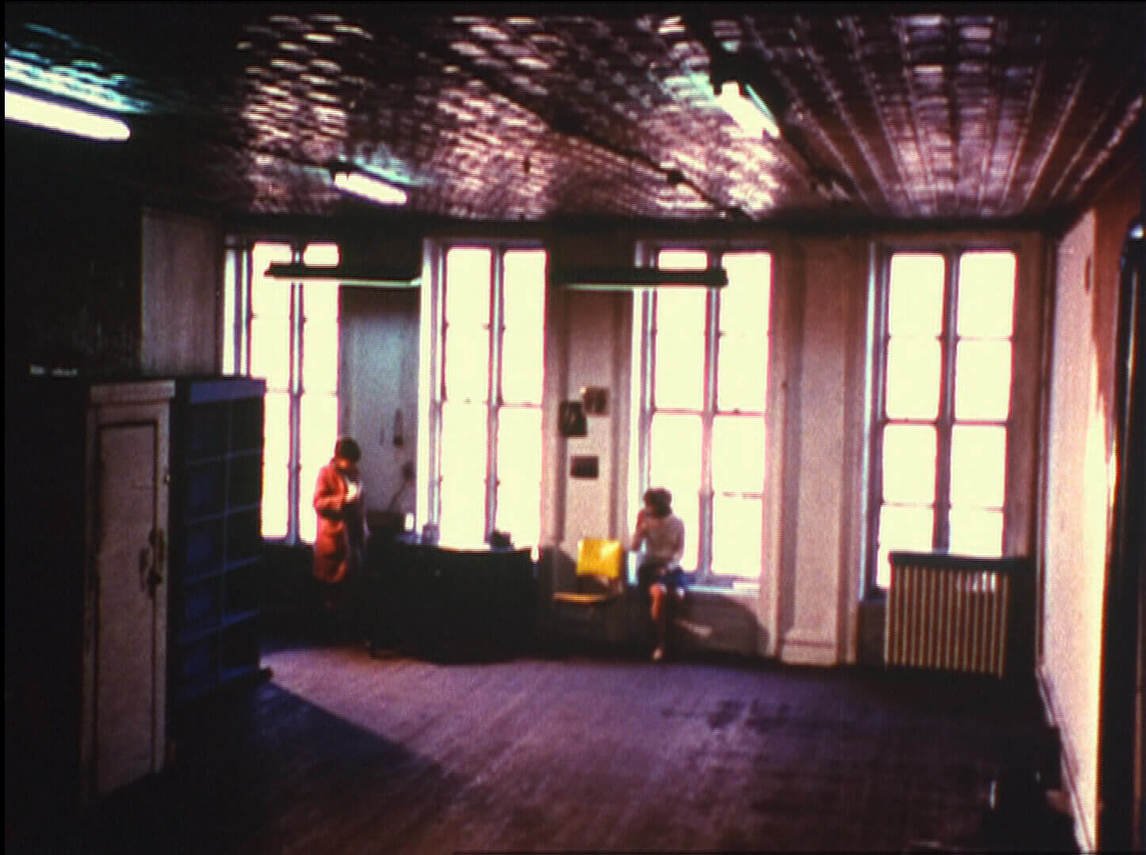AFW + NFSA #58:
WAVELENGTH ~ Michael Snow Tribute Screening
8pm Tuesday 25 April 2023
The Brunswick Green, 313/315 Sydney Road, Brunswick
$10 tickets on the door.
“My paintings are done by a filmmaker, my sculpture by a musician, my films by a painter, my music by a filmmaker, my paintings by a sculptor, my sculpture by a filmmaker, my films by a musician, my music by a sculptor… who sometimes all work together.” — Michael Snow, 1967
This month’s screening sees AFW commemorate Canadian artist and filmmaker Michael Snow with a special 16mm presentation of his iconic structural film from 1967, ‘Wavelength’. An artist working across film, visual art, sculpture and music, Snow has been described as "the dean of structural filmmakers" (Adams Sitney), and is undoubtedly one of the most influential experimental filmmakers of the 20th century. He died in January this year aged 94.
Wavelength dir. Michael Snow
45 mins, 1967, 16mm
Wavelength is a tricky film to talk about, mainly since its towering reputation precedes the work itself. Many critics and academics regard it as one of the best works of structural film ever conceived and one of the enduring legacies of the New York underground scene of the 1960s. In contrast, some consider it to be the singular most torturously boring and tedious experience imaginable.
Why is this particular film directed by Michael Snow, now over 50 years old, still so seemingly divisive and challenging? The one thing perhaps that its champions and detractors would agree on is that Wavelength is an incredibly difficult work to watch. And the reasons for this go beyond the often heard criticisms that the film is simply boring - it would be more specific to say that in many ways the film is unfulfilling. Our expectations and ways of understanding how to interact with cinema and visual storytelling have developed in tandem with the evolution of the artform itself, along with the technology to make and consume film too.
So what is Wavelength actually “about” - it’s difficult to say in a way that is both straight forward and fully comprehensive. The basic premise of the work is that a camera placed in a fixed position inside some unknown apartment and throughout the 45 min duration of the film slowly zooms in on a photo of waves on the other side of the room. Throughout this singular zoom there are many other things that happen - both in terms of action or diegetic information happening within the room (although to say the film even has a narrative is itself unclear) as well as formally with various changes in light, texture and framing which alienate the viewer from their physical understanding of the room.
After the premiere of the film critic Gene Youngblood describes Wavelength as "without precedent in the purity of its confrontation with the essence of cinema: the relationships between illusion and fact, space and time, subject and object
Instead of understanding what the film is describing or could be representing Snow places us in a certain way to understand what the film is in an entirely pure and literal way – there is no room, there are no windows, there is no passing of time – there is just dye on celluloid, illuminated, passing through a gate on a projector – the abstract qualities of the image themselves and the specific mechanic process for them to get to the screen in the first place battle with our understanding of how film functions to capture a certain reality.
ALSO SCREENS WITH AFW MEMBERS FILMS
Let the blind lead those who cannot see dir. Sebastian Vaccaris
6 mins, 2023, 16mm
A blind man in a dark room melts into celluloid, feeling with his hands the messy layers of processed reality.
‘Let the blind lead those who cannot see'
Consisting of four different processing methods, a triple pack of film types and post massaged via hands passed through algorithms - 16mm
Tiny Collisions dir. Richard Tuohy
10 mins, 2022, 16mm
A staccato study of street level action and inter-action. People and vehicles on everyday journeys are atomised into coursing fragments of light, shadow, angle and inertia, reiterating and disassembling the creation of motion out of still frames at the heart of cinema. Filmed in ten cities on four continents.

